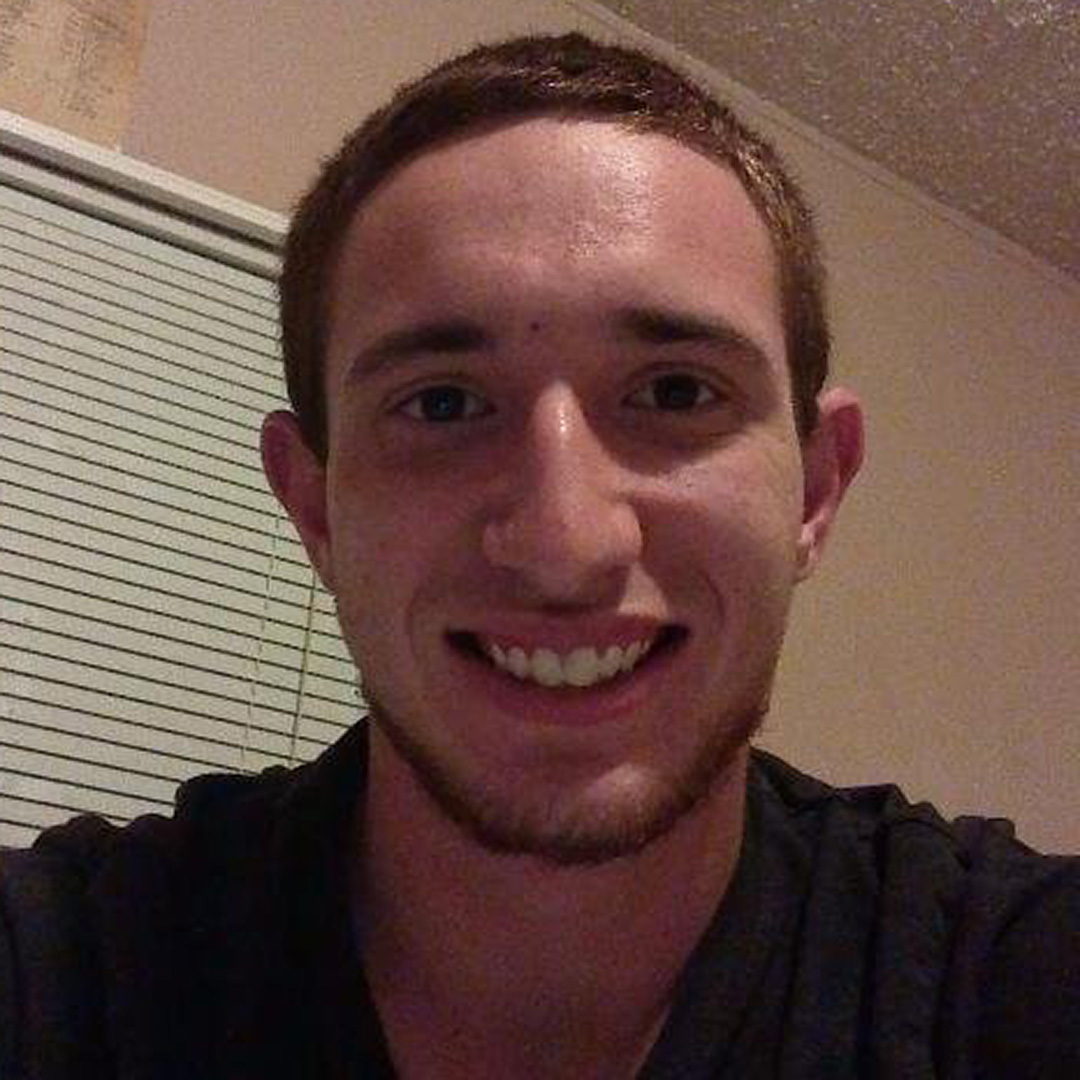Over the next few months, the city of Walnut will be installing motion-activated license plate cameras in 10 locations around the city.
The cameras are part of a pilot program, approved unanimously by the Walnut City Council on April 26, designed to assist the Los Angeles County Sheriff’s Department in detecting criminal activity.
The 10 locations will be selected after working with Captain Alfred Reyes of the Walnut/Diamond Bar Sheriff’s Station, who said the best locations will be chosen by analyzing recent crime trends and heat maps. Once they are chosen, they can change the locations as crime trends change, but the city intends to maintain only 10 cameras during the pilot program.
The cameras will be activated by a vehicle passing by it and capture a photograph of the license plate, which will be stored on a memory card. The memory cards will be replaced every week and stored for 60 days.
If a crime is committed and the sheriff’s department or another law enforcement agency believe that information contained on a memory card might assist an investigation, the city will hand over the memory card over to them. If not, the memory card will be recycled after 60 days.
This system differs from Automated License Plate Recognition, or ALPR, systems which scan photographs and digitize the license plate information. With ALPR, that digitized information is then tagged with time and location information and automatically sent to a centralized database which could be shared between multiple law enforcement agencies. Under Walnut’s pilot program, the photographs are stored as photos and are not digitized or examined unless needed by a law enforcement agency in relation to a criminal investigation.
Although this program is intended to make the city safer, Reyes said that the city has experienced less crime compared to year-to-date totals last year.
“I’d like to emphasize that Walnut is a very safe city,” Reyes said at the city council meeting. “It’s very low-crime, and we’re continuing down that path.”
Mayor Eric Ching added that the city has only experienced one robbery to date, and that the rate of burglary in the city has declined 25 percent compared to this point last year. Reyes confirmed those statistics and added that to date, the city has experienced a 3 percent decrease in Part I crimes, or violent and property crimes which must be reported to the FBI, compared to last year.
Shahar Syed, a 20-year-old economics major at Mt. SAC who also lives in Walnut, said that while the program might help lower the rate of crime in the city, it’s greatest benefit will be making residents feel safer.
“I think more than actual crime happening in Walnut, people are worried that crime is happening. There is a feeling that crime rates are bad,” Syed said. “Any information for law enforcement can help, but I also don’t expect drastic differences.”
Karen Ogawa, Walnut’s Administrative Services Director who is responsible for overseeing the pilot program, said that handing over the memory cards to law enforcement would require only a request from the agency rather than a court order.
She said she doesn’t expect information from the memory cards to be the sole piece of evidence in an investigation.
“It’s to be utilized as a tool to provide information that could lead them to further investigation,” Ogawa said, “but that’s all it is. Another tool in the toolbox.”
Reyes also said that the program would help the department solve crimes, but characterized it similarly to Ogawa as a tool to assist investigations rather than as a main component of the investigation.
“I think that this would be a very valuable resource for us,” Reyes said. “Whenever we may have a crime in this area where a camera may be placed, it provides us with a starting point.”
The city does not intend to reveal the 10 locations where cameras will be set up so that potential criminals cannot choose to avoid those areas. However, if a location is chosen where attaching a camera proves impossible, a pole will be erected which the camera can be mounted on.
Ogawa said the program will first see a trial period that could range from weeks to months in order to properly calibrate the timing and angle of the cameras. After that trial period, the pilot program’s results will be analyzed to see if the city should expand it by adding more cameras in new locations.



